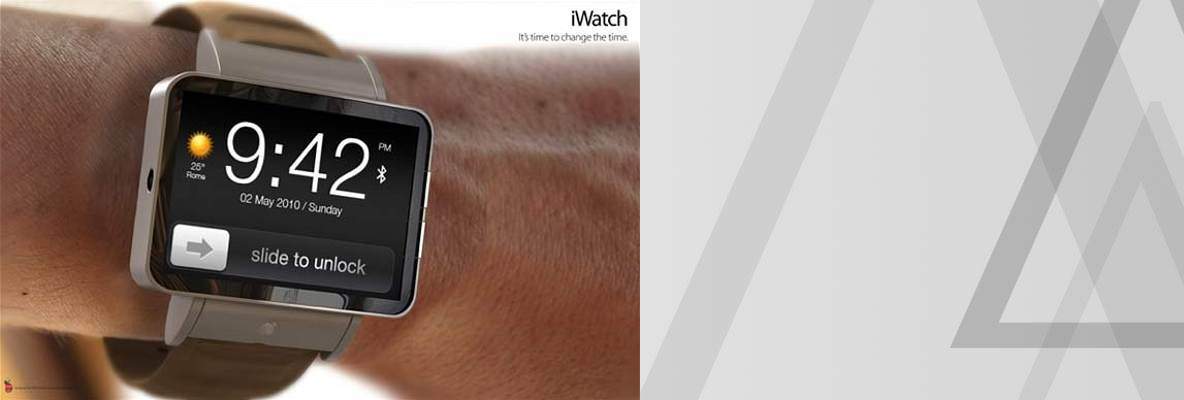
A lot has been said about all the fun things the Apple Watch can do for you (give you the gain on the your stock portfolio, let you know when your Uber car is close) and very little on the information you provide to it, like reading your vital signs and suggesting a movie or retail therapy when your biometric data says you are low. It’s this trove of highly personalised data which has Apple and the app development community salivating: remember, you don’t have to buy the internet (ie it’s “free”) because it’s the internet which is selling you. And think about how Facebook started as a personal communication tool, but is now very highly-prized as an advertising platform.
Apple has said that it won’t sell your data, and that is true, to a point. Apple doesn’t sell data on you, or your friends, family, location etc. But companies, when accessed through their applications, do.
Thus it is that through the Facebook application, a very accurate and valuable picture of you is compiled for advertising purposes – and it most certainly comes through your iPhone.
Few people have ever really turned their minds to the question of why so many companies push their apps rather than just their web experience, but the reason is that when the app is chosen, it just about always includes much more data about you than just the web version. You can confirm this is the case by reading the terms and conditions (you knew there was a reason you should read these, right?)
Which brings us back to the biometric data. It’s very early, obviously, to be making accurate predictions of the Apple Watch means, disruption-wise, but the hard-heads in Apple-ville have already made available the system developer kit to app designers so they work out how to milk the data and populate the app store.
And just like Instagram, Facebook, Google and the like, the real commercial value of the Apple watch will be in the new types of data which it makes available.
What sort of data? How excited or tired you are (through the heart rate monitor), and how active you are. How would this be useful? Very active people could get a discount on their health insurance, with insurance companies using it as marketing tool to pick up new customers.
Or how about this? Excitement levels during movies and tv shows. What makes you sweat, and your heart race, and when do you feel sad during a movie or tv program. Who wants this? Well, obviously movie and tv program producers. The in-built microphone on the watch knows (through media recognition app Shazaam) what program you are watching, and when (replay, live etc), and your reactions to it.
The point is not to try and work out the different iterations of the applications themselves. Significant resources will almost certainly be devoted to this, with Apple helping to drive the process. The point is that the watch, strapped as it is to your skin, makes available a slew of data on you that has never really been available before. And it’s this data which is likely to form part of the next wave of disruption.
Of course, to the consumer, it will just be a sexy new gadget, with functionality including a pay-wave through Apple Pay, talk and text and all the rest of the interesting, convenient and fun stuff. And that’s half the point. It has to be a must-have device in the first place to become meaningful in the installed base sense, at which point it can become a mass marketing tool like Google or Facebook. And then the disruption starts.
What’s it worth on the Apple stock price? The average predicted sales from Wall Street analysts is 23.25m Apple watches sold. At around US$1000 each (remember, there are gold watches being sold too) that works out at $23.3b in sales. Assuming a gross margin of 40%, this would be pre-tax earnings of US$9.3b, which at the company’s multiple of 9.9x works out at US$92b, or US$15.80 per share –this is the value already built in to the stock price. If the watch fails, the Apple stock price will fall by at least that much. And the stock won’t really move if there is a perception that 23m units is the correct number for first year sales. But if it is ahead of that, the stock will pop, with each 23m units worth an incremental US$15.80/share. A little over 10% a share. And that could get your heart racing…
What will disrupt the disruptors?
27 Jun 2025E&P’s Words on Wealth Podcast interviews Alex Pollak and Raymond Tong on ‘AI’s Expanding Reach’
26 Jun 2025
Share this Post

